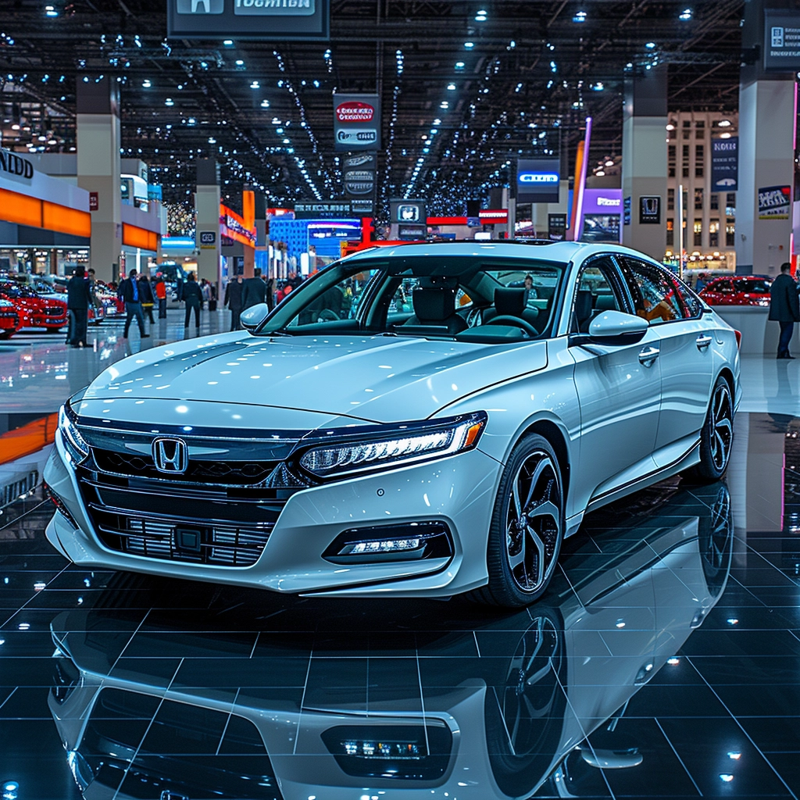Honda's Record-Breaking Operating Profit Forecast for FY 2024
2023-12-30
Honda Motor Company held a press conference to announce its financial results for the fiscal year ending in March 2023. The conference was attended by Mr. Shinji Aoyama, director, executive vice president and representative executive officer, chief operating officer, and Mr. Eiji Fujimura, executive officer, chief financial officer.
During the fiscal year, Honda sold 3.69 million cars and achieved an operating profit of 839.3 billion yen. Looking ahead, the company forecasts an operating profit of 1 trillion yen for the fiscal year 2024, which would be its best profit ever. Additionally, Honda plans to increase dividends per share to 150 yen in FY 2024, the highest ever.

In terms of the Chinese market, Honda faced a decline in unit sales due to the end of tax protection measures. However, the company aims to recover by increasing motorcycle unit sales and adjusting pricing strategies. In other markets, Honda saw an increase in unit sales, particularly in Asia.
Honda also discussed its efforts towards achieving carbon neutrality and announced discussions with POSCO for a comprehensive partnership. The company showcased prototypes and concept models at the Shanghai motor show, including the e:NP2 prototype, e:NS2 prototype, and e:N SUV Xu.
In terms of financial performance, Honda faced challenges such as semiconductor shortages, the COVID-19 pandemic, and soaring material prices. However, the company implemented cost-cutting measures and aimed to improve profitability through price hikes.
In terms of research and development, Honda planned to invest 980 billion yen, the highest ever, with a focus on battery electric vehicle (BEV) development. The company aimed to increase its volume and grow in markets like North America. However, it also faced challenges such as increasing manufacturing and procurement costs.
Honda's financial results also highlighted the impact of inflation on expenses, the generation of cash through its profitable motorcycle business, and the need to monitor raw material price fluctuations for BEVs. The company planned to introduce Return on Invested Capital (ROIC) as a key performance indicator (KPI) and communicate future KPIs.
In terms of the automobile business, Honda faced challenges such as quality-related issues and recalls in the United States. However, the company aimed to earn 0.3 percent or higher and shift away from internal combustion engines (ICE) towards new areas of investment.
Honda's financial businesses faced losses related to value-related used car losses and bad debt. The company continued to assess credit scores and control the asset side of the chart by being prudent with customers. It also aimed to diversify procurement and stay operating with procurement.
Overall, Honda was optimistic about its future prospects and aimed to achieve strong financial performance while focusing on sustainability and innovation in the automotive industry.

